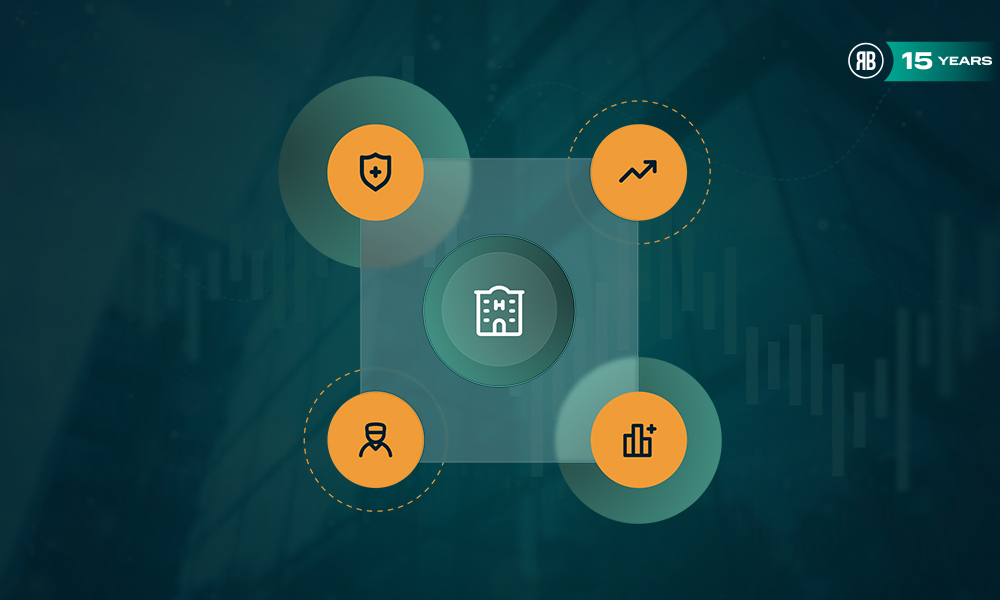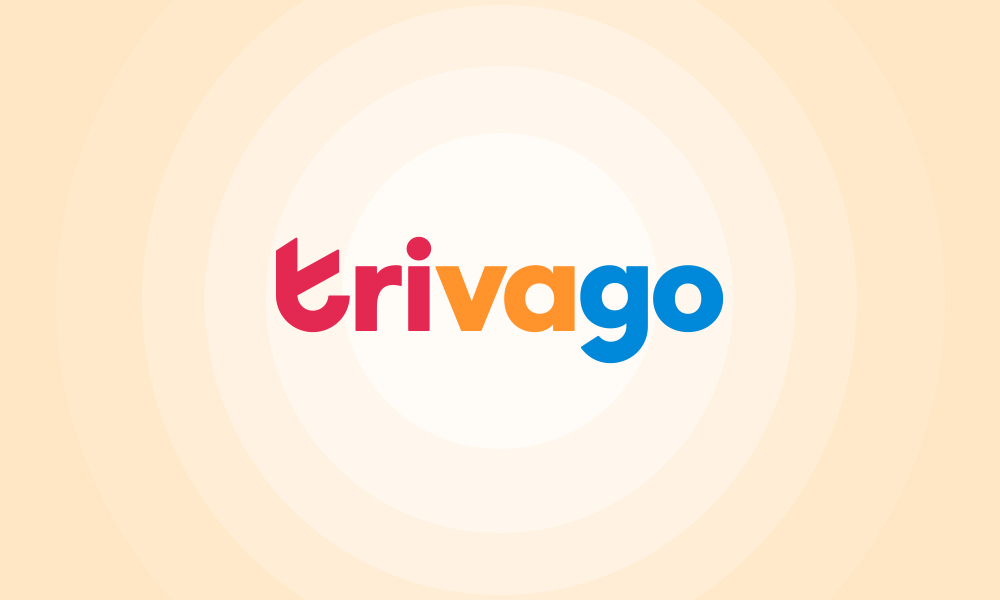What is a chatbot for hotels and what is it for?
News
March 31, 2022

What is a chatbot for hotels?
A chatbot for hotels is a conversational software specifically designed for the hotel industry, with the aim of simulating a human conversation. It allows hotels to communicate with their guests instantly, automatically and in a personalized way, without compromising the customer experience. With the right tools, hoteliers can automate more than 80% of guest interactions, which improves time management and increases revenue through direct bookings and upselling opportunities.
Do all chatbots for hotels work the same way?
Not all chatbots for hotels work the same way. There are two main types of conversational bots: rule-based and artificial intelligence (AI)-based.
- Rule-based conversational bots
These bots follow a structured flow, usually represented as a decision tree. They identify keywords in guest queries and respond with predefined options. This approach offers greater control over the flow of the conversation, but is less flexible, resulting in a more rigid and artificial interaction.
- Bots conversational based on artificial intelligence
AI-based bots use natural language processing (NLP) to interpret and understand the intention behind guest queries. These bots continually learn from interactions, improving over time and offering a more natural and flexible conversational experience.
- Hybrid bots
Some solutions combine features of both types of bots, offering a balanced approach that leverages the best of both technologies.

Conversational applications: the next step of the conversational bots provided by HiJiffy
Conversational applications represent the evolution of traditional bots, especially those based on NLP or rule-based systems. The conversational application from HiJiffy elevates the user experience by integrating visual elements such as buttons, calendars, maps, and images, which enhance interactivity when conversation alone is not enough. This ensures that guests enjoy a personalized and engaging experience.
HiJiffy's technology covers the entire guest journey, from pre-stay inquiries to post-stay feedback, ensuring that communication is fluid and efficient at every stage:
· Pre-stay: The HiJiffy AI manages frequently asked questions with over 85% automation, in more than 130 languages, and through various communication channels, such as web chat, Facebook Messenger, Instagram, and Google My Business. The solution guides guests through the booking process 24/7 without the need for human intervention, thanks to its full integration with hotel management systems.
· During the stay: The solution facilitates digital processes such as check-in and check-out, allowing guests to receive instant answers about how the hotel operates and request services such as restaurant reservations or spa treatments, all through a contactless interface. In addition, it automates room service and maintenance requests by integrating with the hotel's management software.
· Post-stay: HiJiffy supports upselling campaigns, sends satisfaction surveys, and automates the collection of reviews at check-out, helping hotels maintain a high level of interaction with guests even after their stay.
What are the most common formats for conversational bots on web pages?
Conversational bots on websites come in various formats, each suited for different purposes:
· Webchat
The most popular format, which usually appears as a chat bubble in the lower right corner of a website. Webchats can be static, requiring the user to initiate the interaction, or dynamic, where the bot starts the conversation with a pop-up message.
· Landing page
In this format, the bot occupies the entire page, making it especially effective for focused marketing campaigns. This format often results in higher conversion rates by eliminating distractions.
· Pop-up
Less common in the hotel industry, but useful for promotions or registration messages. These bots can be activated by user actions, such as clicking a button, spending time on a page, or scrolling to a specific section.
· Integration on the webpage
This format allows the bot to seamlessly integrate into any part of the webpage, combining the classic user interface with a conversational experience for a more elegant and integrated solution.
Unique elements of HiJiffy's conversational application
The HiJiffy conversational application stands out for its ability to offer speed and personalization across multiple channels. The solution uses popular messaging interfaces, whether through the web or mobile applications, to ensure instant and informal communication.
Key features of the HiJiffy application include:
- Buttons: Simplify navigation and save users time.
- Buttons combined with images: Enhance visual appeal and user experience.
- Carousels: Scrollable images with text and buttons, ideal for product promotion.
- Customer satisfaction indicators: Quick and easy collection of feedback during the stay.
- Calendars: Facilitate the booking process by ensuring visibility and correct formatting of dates. These elements help to streamline interaction, reducing the time needed to complete specific tasks and increasing the chances of conversion.

Is setting up a hotel chatbot a complicated process?
Setting up a chatbot for hotels can be a straightforward process, especially with pre-trained technology like HiJiffy's. The key to a smooth implementation lies in the chatbot's ability to learn from a vast network of interactions. The HiJiffy chatbot, which has answered millions of queries in more than 2,100 hotels, is highly developed and capable of understanding a wide range of requests. This network effect means that as the bot interacts with guests, it continuously improves, making the setup process easier and more effective for hoteliers.
In summary
In 2024, a chatbot for hotels remains an essential tool for hoteliers. By automating more than 80% of guest interactions, centralizing communication channels, increasing direct bookings, and improving upselling opportunities, chatbots like HiJiffy offer a competitive advantage in today's hotel industry. Their comprehensive coverage of the guest journey, combined with advanced conversational capabilities, makes them an indispensable tool for modern hoteliers looking to improve efficiency and increase revenue. The HiJiffy solution is not just a tool, but a strategic asset that supports all stages of the guest journey: before, during, and after their stay.
Read more

News
More Direct Bookings, More Control, More Profitability: The New Era of Direct Hotel Sales
By
Roiback

News
Trivago updates how it displays Loyalty Rates: What does this mean for your hotel?
By
Evelyn Barba

News
Purposeful sustainability: integrating ESG objectives into strategic hotel management
By
Roiback




